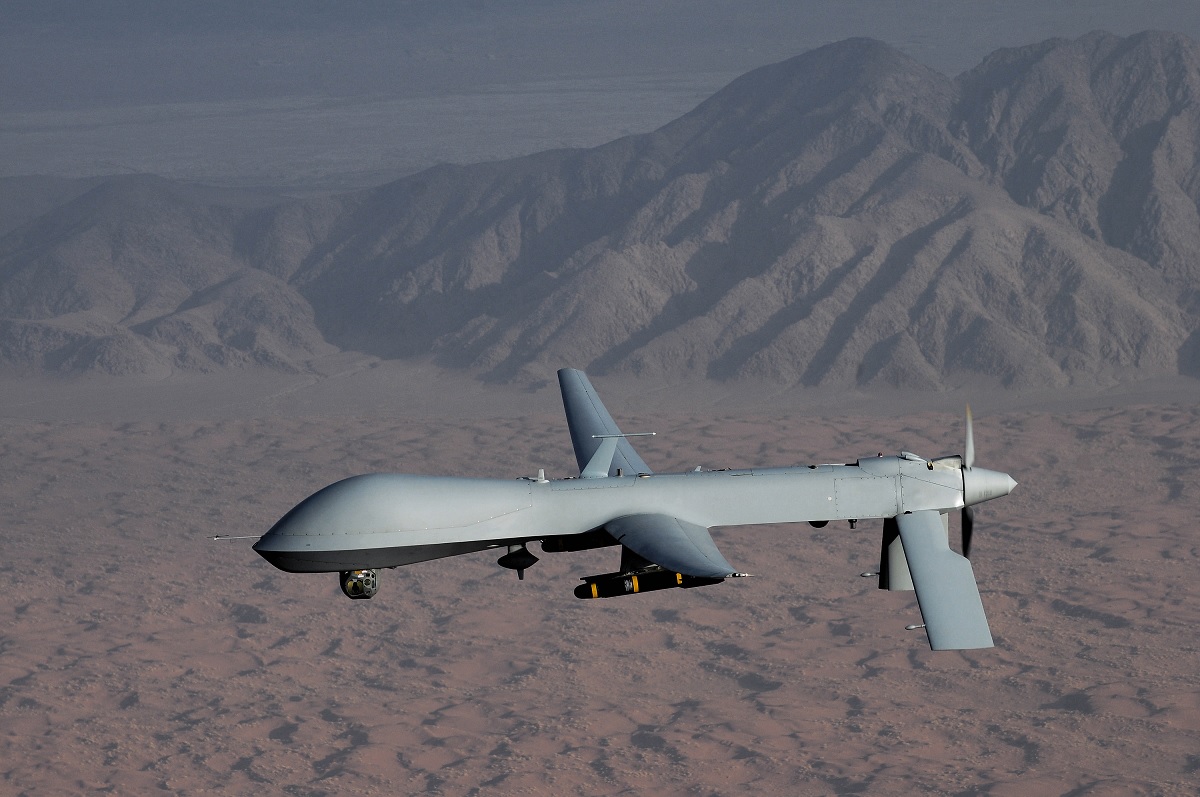‘While the RAH-66 was being perfected, the armed drone came along and did the job of the Comanche better, and cheaper,’ Damien Leimbach, former Avionics Technician at US Air Force
The Comanche was a twin-turbine, two-seat (tandem) armed reconnaissance helicopter with projected missions of armed reconnaissance, light attack, and air combat.
Boeing and Sikorsky teamed to develop and build the RAH-66 Comanche armed reconnaissance helicopter in 1991.
Designed to replace the US Army’s then-current Vietnam War-vintage scout and light attack helicopter fleet, the Comanche featured an all-composite fuselage, fully integrated digital flight controls, and advanced navigation and weapons systems. It was designed to provide U.S. forces with accurate, timely tactical intelligence.
First deliveries were scheduled for 2006, with the Comanche program reaching full production by about 2010. Plans were to manufacture 1,213 RAH-66s for US Army service. The Army canceled the program in February 2004 as a part of a reorganization of Army Aviation.
By then, the Comanche program validated several aircraft systems and components and built and flew two flight-test prototype aircraft in its demonstration, validation, and prototype phase from contract award in 1991 through 2000. The engineering and manufacturing development phase began in mid-2000. During that time, the program was slated to build and deliver 13 new Comanches for additional flight tests and US Army operational tests, evaluation, and training.
So, why did the US Army abandon the RAH-66 even though it had nearly finished the research and development phase and produced two prototypes?
‘The Comanche was envisioned as being a stealth helicopter for battlefield scouting purposes, and to take shots at targets of opportunity without them even knowing it was there,’ explains Damien Leimbach, former Avionics Technician at US Air Force (2001–2007), on Quora.
‘While it had a problematic development cycle, it probably would have worked just fine.
‘However, while it was being perfected, another product came along and did the job of the Comanche better, and cheaper.
‘The Armed Drone.

‘It goes higher, sees better, loiters FAR longer over the battlefield, can survey hundreds of times more area in one mission, is harder to spot in the air, and doesn’t risk pilots.
‘The Comanche wasn’t as good of an attack helicopter as either the Apache or Super Cobra, and wasn’t as good for low-key surveillance as the predator and other drones like it.’
Leimbach concludes;
‘Bottom line, we just didn’t need it.’
The two prototypes are now in the collection of the US Army Aviation Museum at Fort Rucker, Alabama.
Photo by: U.S. Air Force and U.S. Army


